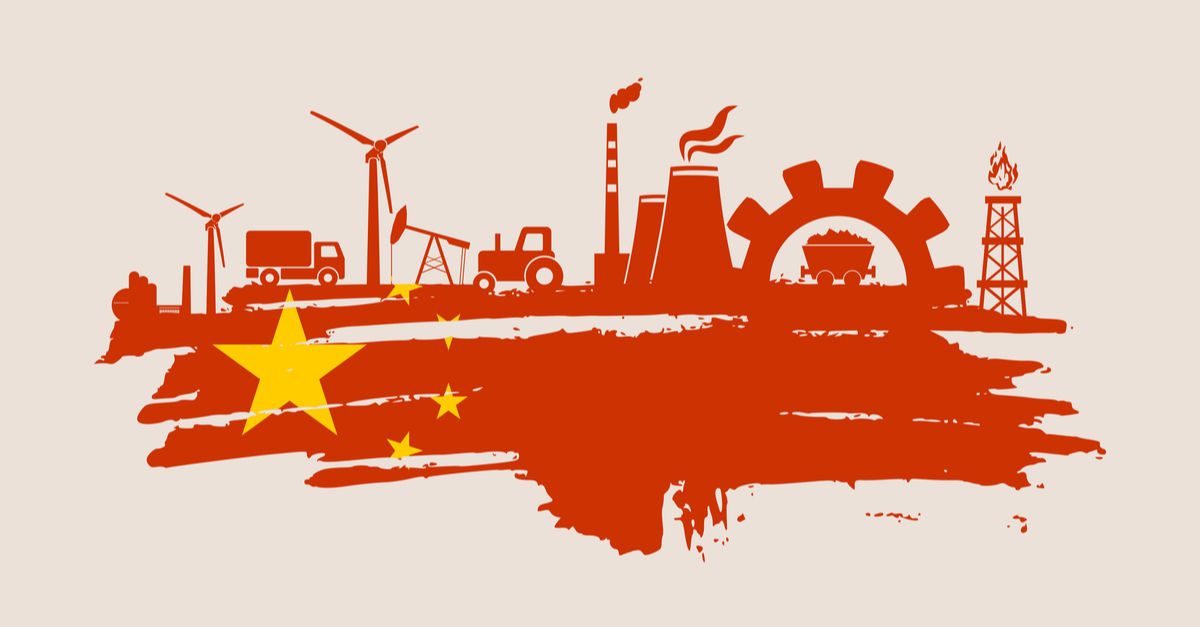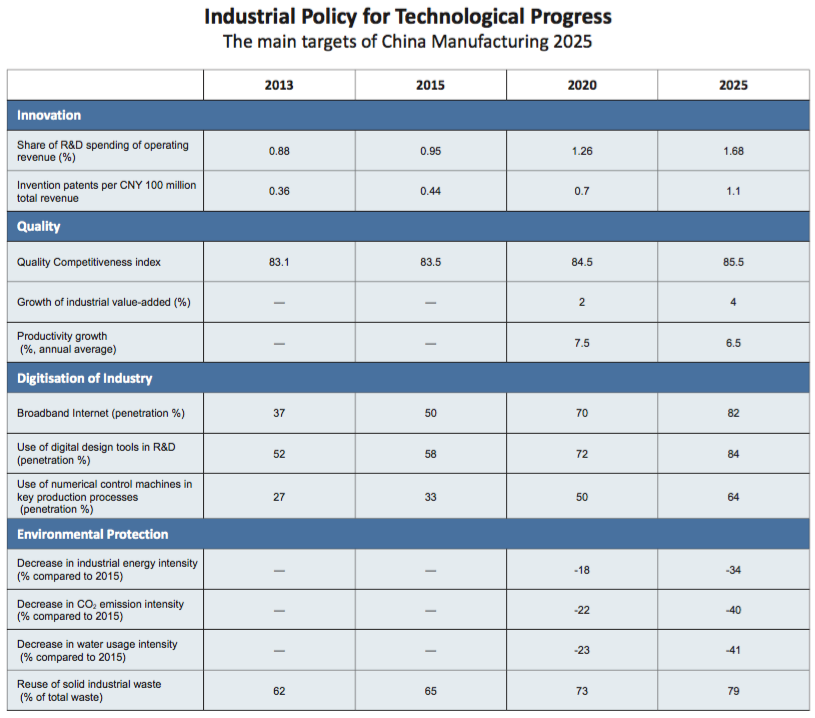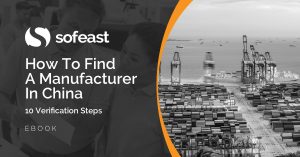The European Union Chamber of Commerce in China just published a report entitled China Manufacturing 2025. It is well researched and well written.
It starts by describing the current situation:
For a generation China has been the factory of the world. In 2015, it produced or assembled:
- 28% of the world’s automobiles;
- 41% of the world’s ships;
- 80%+ of the world’s computers;
- 90%+ of the world’s mobile phones;
- 60% of the world’s colour TV sets;
- 50%+ of the world’s refrigerators;
- 80% of the world’s air-conditioners;
- 24% of the world’s power; and
- Half of the world’s steel.
While these statistics are undoubtedly impressive, a close evaluation of China’s manufacturing industry reveals the extent of the challenges that it currently faces. The production that China accounts for in many of these industries is still very much low value add and energy intensive, not to mention highly polluting, which is a source of increasing social discontent. To address these issues China plans to upgrade its industrial base and to compete in more advanced market segments. This is an admirable and understandable aspiration for an upper- middle income country that aims to break through to high-income status. It is similar to the transitions undertaken by Europe in the early to mid-twentieth century, and Japan and South Korea over the last fty years.
The challenge for China is to capture more of the value added by doing more than just manufacturing. This curve sums the situation quite well.
To achieve that goal, Beijing is working on an ambitious Made In China 2025 initiative. Much has been written about it, but I thought this table would be quite interesting.
I heard more and more instances of polluting operations getting shut down, especially in Shenzhen. Environmental compliance is starting to be a very serious topic…
Are you wondering how to find a manufacturer in China who is well-suited to your needs and can also deliver on their promises?
Sofeast has developed 10 verification steps to help you find the right manufacturer. They’re shared in this FREE eBook: “How To Find A Manufacturer In China: 10 Verification Steps.”
It covers:
- Background checks
- Manufacturing capabilities
- Quality system auditing
- Engineering resources
- Pricing, negotiation, & contracts
- …and much, much more
Just hit the button below to get your copy:




